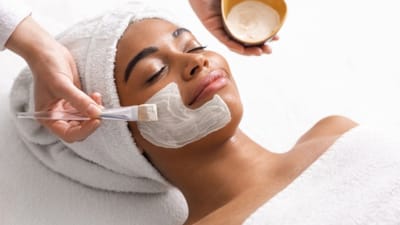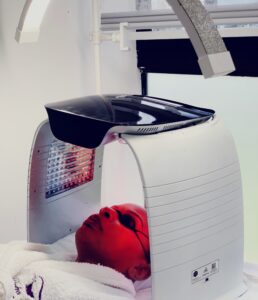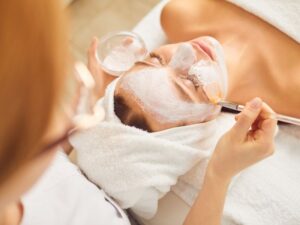Chemical Peels
Chemical peels are a popular cosmetic procedure that can improve the appearance of your skin by removing the top layers. A chemical solution is applied to the skin, which causes it to exfoliate and eventually peel off. The new, regenerated skin is usually smoother and less wrinkled than the old skin.
Chemical peels can be used to treat a variety of skin conditions, including:
- Acne
- Acne scars
- Fine lines and wrinkles
- Age spots
- Hyperpigmentation
- Rough skin and scaly patches
- Certain scars
- Sun-damaged skin
Types of Chemical Peels There are three main types of chemical peels:
- Superficial peels: Superficial peels are the mildest type of chemical peel. They remove the outermost layer of skin and are used to treat fine wrinkles, acne, uneven skin tone, and dryness. Superficial peels can be done every two to five weeks.
- Medium peels: Medium peels remove the outermost layer of skin and part of the middle layer of skin. They are used to treat wrinkles, acne scars, and uneven skin tone. Medium peels can be repeated to achieve or maintain the desired result.
- Deep peels: Deep peels remove the outermost layer of skin and most of the middle layer of skin. They are used to treat deep wrinkles, scars, and precancerous growths. Deep peels are typically done once and require a longer recovery time.
What to Expect During a Chemical Peel The chemical peel procedure is typically performed in a doctor’s office or a medical spa. The skin is first cleansed and then the chemical solution is applied. You may feel a stinging or burning sensation during the procedure. The chemical solution is then neutralized or washed off.
Aftercare for a Chemical Peel After a chemical peel, your skin will be red and may peel. You should avoid sun exposure and use sunscreen with an SPF of 30 or higher. You may also need to apply moisturizer and avoid makeup for a few days.
Risks and Side Effects of Chemical Peels Chemical peels are generally safe, but there are some risks and side effects, including:
- Redness
- Swelling
- Blistering
- Peeling
- Scarring
- Changes in skin color
- Infection
Choosing a Qualified Provider It is important to choose a qualified and experienced provider for your chemical peel. A dermatologist or plastic surgeon can help you determine the best type of peel for your skin type and concerns.
Chemical Peels: A Comprehensive Guide Chemical peels are a popular cosmetic procedure that can improve the appearance of your skin. If you are considering a chemical peel, it is important to talk to a qualified provider to discuss the risks and benefits.
Additional Information Here are some additional things to keep in mind about chemical peels:
- Chemical peels are not a permanent solution. You may need to have them repeated to maintain your results.
- Chemical peels can be combined with other cosmetic procedures, such as microdermabrasion or laser resurfacing.
- Chemical peels are not suitable for everyone. People with certain skin conditions, such as eczema or psoriasis, should not have chemical peels.
If you are considering a chemical peel, it is important to talk to a qualified provider to see if it is right for you.




